
Tuesday, October 14, 2015
The final third of my 2 week trip to Japan included a rarity, a couple of days to myself, and something even more rare and precious, time with Mama and the family in Japan. On 2 prior trips to Japan with Mama over the last 20 years, I knew just enough survival Japanese to deal with priorities, naming locating the bathroom and ordering a coffee. This time, I had been actively studying Japanese for 1.5 years and was eager to get better acquainted with my Japanese aunts, uncles and cousins on my own terms, acutely aware Mama won’t always be available as an intermediary.
On prior trips with Mama and Steve, Mama’s limitations as a real-time translator were apparent. I well remember the family gathered at Uncle Shigekazu’s, stories being told in rapid-fire Japanese, ending in a burst of laughter. Steve and I would turn expectantly to Mama:
“Mama, what’d they say?”
Mama: “Oh, nothing.”
The last time Mama went to Japan, 5 years before, I didn’t go and had regretted it ever since. She returned with a photo of her with her 3 sisters and 2 brothers, and her comment “Maybe this is the last time we are all together,” brought me up short.
Steve also required some persuasion. He accompanied me on 2 prior trips that incorporated visits to the family, and we spent a week in Tokyo 6 months earlier, and he wanted to spend more of the fall in Sedona. Eventually, we compromised. He came for the first week and a half, then flew home and went straight to Arizona for the rest of the week. I arranged for Mama to travel to Japan at the same time Steve was returning to the US, leaving me with 2 days to occupy myself.
But before I could decide how to spend my free days, I first had to find a place to stay. This was the one night I hadn’t made advance arrangements, thinking I would go to Nagoya in advance of meeting Mama and explore it a bit. But, I was really enjoying Kyoto and had the transportation system down, so I decided to stay put. The place Steve and I were staying was a splurge, but somewhat justifiable with 2 of us. While we were there, I found the Kyoto Piece Hostel near Kyoto Station through the web and its on-line industrial chic was intriguing. I booked the most expensive room, a double, for about 1/10 the nightly tariff of the spacious apartment we had been staying in. A part of me wasn’t sure I really still had it in me to stay in a hostel, but I liked the concrete chic looks of the place.
After dropping off my luggage and seeing Steve off at the station, I took the bus to Sanjuusangendo. Steve, Mama and I visited this wooden Buddhist temple dating from the 13th century 20ish years ago, but it was seeing a contemporary work of Hiroshi Sugimoto, Accelerated Buddha, that made me want to revisit it.
The long structure, with san-juu-san (33) bays, houses a thousand buddha figures. Sugimoto’s piece, which we saw in Paris in January, was a video work in which the buddhas appear to be running, a visual slight of hand created by alternating projections, first slow, then faster and faster, until the buddhas were a blur of immolation.
Sadly, Kyoto Museum across the street was closed, apparently due to the prior day, a Monday, being a holiday. Which holiday was not apparent to me. The Hyatt Regency beckoned from across the street. I knew our friends who had been in Japan recently with the Stuart Collection had stayed there, so I went in to check it out for future reference and had a “taste of autumn” lunch looking out at the garden. From there, I wandered the little preserved streets below Kiyomizudera and meandered slowly north toward Gion by way of Kodaiji Temple. I found a lot to occupy myself with visually. There isn’t much graffiti in Kyoto, but I did like the graphic quality of this find:
Kimono clad Japanese are still sighted on the streets of Kyoto, particularly around temples. In Gion and other qeisha quarters, some may indeed be entertainers, usually glimpsed briefly, going to and from appointments. At temples and shrines, one can rent a kimono. Our guide Naomi told us this is popular with Japanese tourists, to dress up in kimono for an outing. I don’t know if these two women were entertainers, but they were certainly cooperative for photos in their spectacular outfits:
Toward evening, I queued up at Gion Corner. Naomi had told us that this nightly show, although geared toward tourists, was a good option for an overview of Japanese dance and theatre arts, without the multi-hour commitment required for some types of performances. Steve had been unenthusiastic, but I saw it as the perfect opportunity to photograph dancers and actors in costume, normally not a possibility. In the first row, I had an unobstructed view, and when they asked for volunteers for the tea ceremony, I was ready!
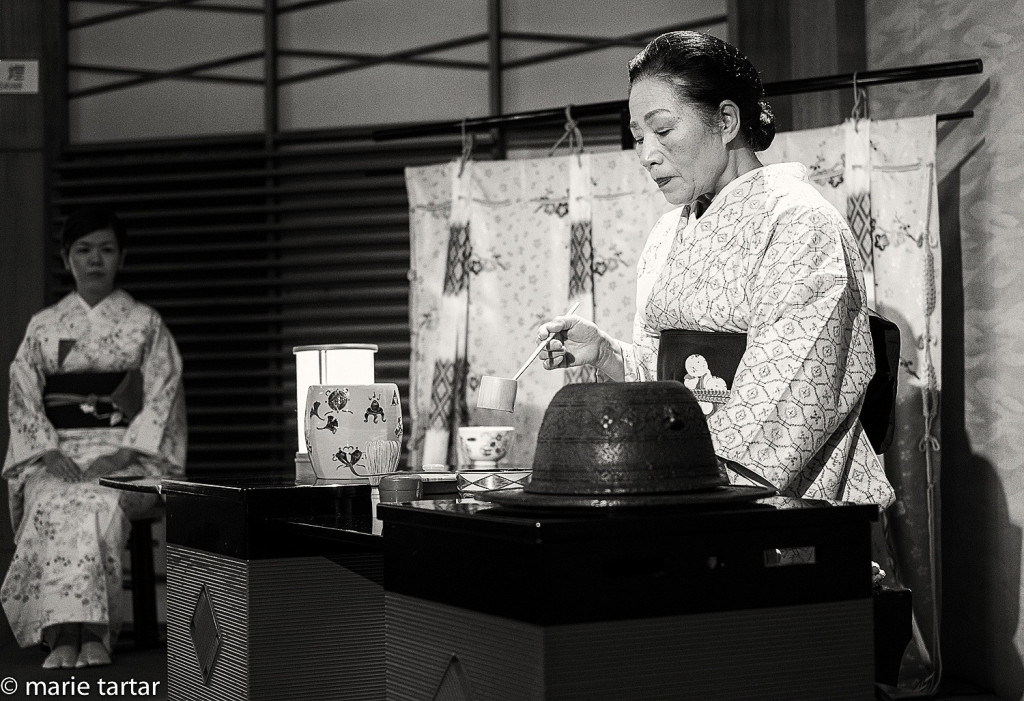
Another benefit of volunteering for the tea ceremony: In addition to a front row seat, we were served a sweet to counterbalance the slightly bitter quality of macha (ground green tea). The tea ceremony as an art form dates from the 16th century.
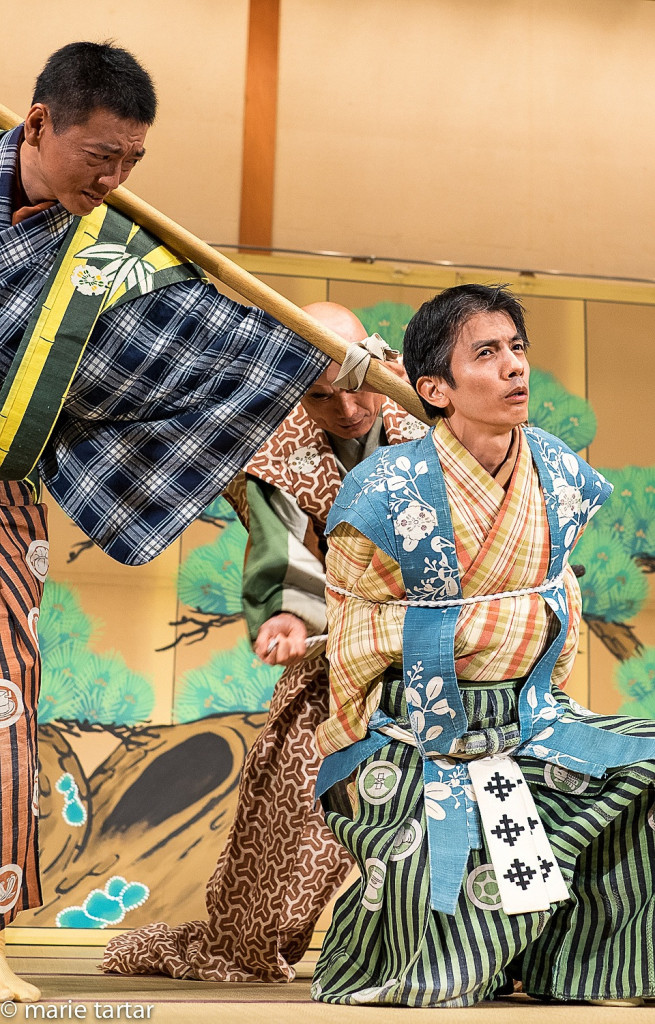
Kyogen, a traditional comic drama, was performed as an interlude for Noh plays. In this piece, the Lord (behind), fearing his servants will deplete his sake stocks, ties them up before going away on business. However, being tied up proves to be no impediment to their dipping liberally into the sake.
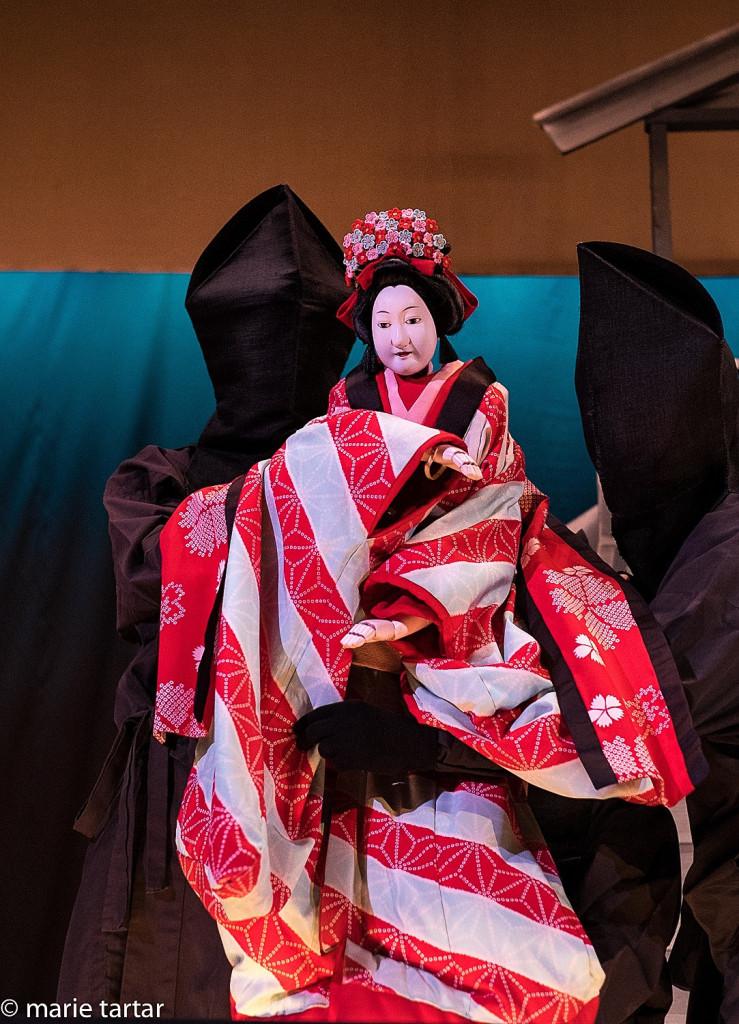
Bunraku puppets are manipulated by black clad puppeters. Bunraku plays like this date from the 16th century and are still performed today. In this scene, Oshichi rings the bell in a firewatch tower to attract the attention of her love.
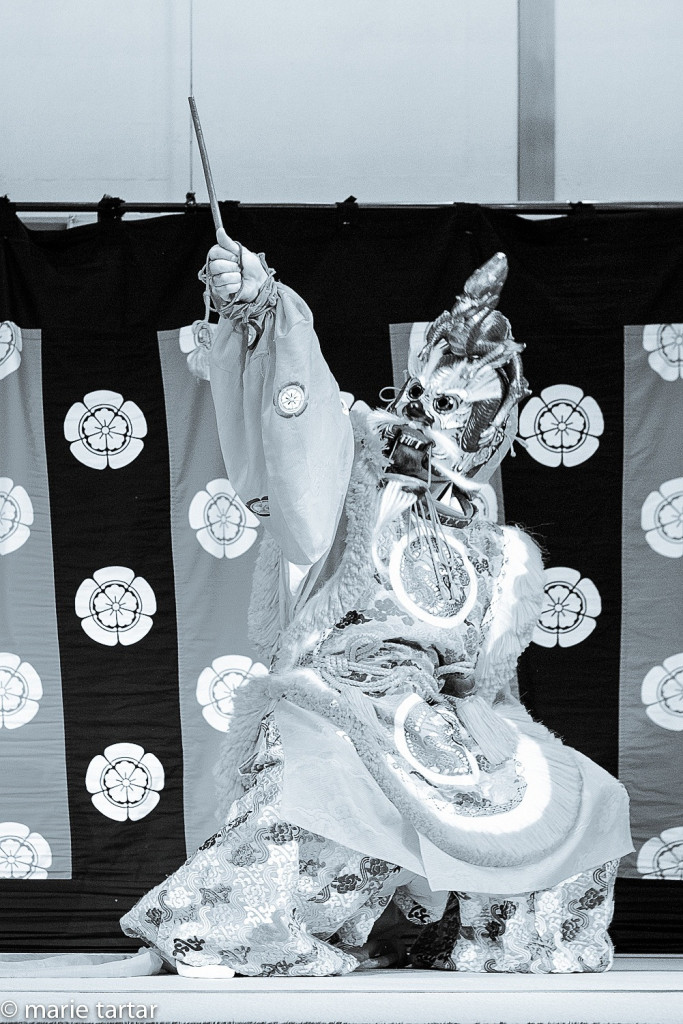
Gagaku (literally elegant music) classical Japanese music and dance demonstration. Gagaku, like tea and kangi characters, was originally an import from China.It was introduced into Japan in the 8th century.
For dinner, I went to Giro Giro, our friend Gordon’s recommendation, only to find it dark and closed, so I headed back along the Kiyamachi-dori canal to our neighborhood staple, Omen; oh yes, a most honorable noodle! By the time I took the bus back to Kyoto station to Piece Hostel, I was ready to collapse. As I wrote Steve by email:
“If I had worn a Fitbit today, I’d be scared to see the number for fear it might burst!”
Once in my room, I found it small but well equipped, perfect for a solo traveler, with a window, TV, small sink, and a hairdryer. My double bed filled 2/3rd of the room from one wall to the opposite, so if there had been 2 of us, one would have to climb across. This 2 year old hostel is so intelligently designed. On each floor is a rack of pillows, so you can select another style if you like. There is a flashlight in a charger on the wall. There were more hooks than in the 10X more expensive apartment we just vacated. The shower rooms are individual, lockable, spotless, on the first floor, with push button, instant hot bursts of water that automatically stop after 30 seconds. Need more water, just push the button again. The Navy shower idea, optimized for a budget traveler crowd. Although my room was a double (probably accounting for the fact I received 2 towels), 2 people actually staying here would be cramped, at least for floor space to unpack. With just me and my roller open-faced on the floor, I still had 4 square feet to maneuver in. It was really comfortable for when you don’t need or want to pay for space to hang out in. Even the breakfast was good, with giant rice cookers filled with 2 different savory rice mixes, one with salmon. After several bowls, I was ready to leave my luggage at Kyoto Station in a locker and head out.
Wednesday, October 16, 2015
For my free day, I decided to try a hike in the northern foothills of Kyoto, billed by Lonely Planet guidebook as the best 1/2 or whole day trip from Kyoto, Kurama to Kibune. It also proved to be a sampler of several train lines new to me. The Keihan line runs north along the Kamogawa river to Demachiyanagi, then a tiny 2 car train on the Eizan line to Kurama. The ride itself is scenic, and the hike was spectacular, through a dense cedar forest.
It was very peaceful, with a smattering of other hikers, some couples and pairs, and several other single female pilgrims.
I found myself climbing one staircase after another, as the way was studded with temples and shrines.
I wasn’t certain I was going to hike all the way to Kibune village, but checking in with others en route led me to think it wasn’t all that much further on, so I just continued. Kinone Michi was particularly scenic, with giant exposed roots of old cedars crisscrossing the ground in an intricate lattice:
I later read that the Kurama to Kibune (sometimes spelled Kifune) hike is 4.7 kms, about 2.8 miles. Before I knew it, I could hear rushing water, signalling the approach to Kibune, a single lane, terribly picturesque mountain town, with its own shrine to admire.
Once I found myself in Kibune, it wasn’t too difficult to figure out how to get back down to the train station, Kibune Guchi, one stop before the terminus at which I had started. A short walk toward the end of town was a bus station, which connected to the train station. On a future trip, I’ll make time for a soak in the onsen at Kurama and then stay over at a ryokan in Kibune.
It was a great final day in Kyoto. In response to the question posed by a poster I noticed in town, “Do You Kyoto?,” I can unequivocally and enthusiastically say: “Zehi! (gladly!)”
Intersecting with Mama in Nagoya Station was a trial. I had picked a meeting point in advance, a giant Gold Clock, near 4 escalators, flanked on either side by Takashimaya. I found it immediately. Arriving well in advance of Mama’s expected 7:35 pm touch-down, and reconnoitering the station, I realized too late it would be a pain for her to come out of Meitutsu station where she would arrive, only to have to reenter the same section for us to go on to Inuyama. She was en route and had no cell phone. After 2 hours had passed, which seemed probably enough time for her to arrive, collect luggage, find and board a train, I called her sister, Aunt Kiyoko, to see if she had heard from her. The good news is I now speak probably more Japanese than she does English. Somehow, we established that Kyoko hadn’t heard from her, and she doesn’t have Internet access. In theory, there was Wifi in the station, but in practice, it didn’t work. Not having Internet access, I couldn’t check if her flight was on time, so I wasn’t sure whether she was late or whether it was too early to start worrying. As I eventually learned, after hours of waiting in the station with not a bench in sight to sit on, her flight was delayed 45 minutes. To learn this, I went into the Marriott inside the station and prevailed on them to give me access to their Wifi. The frazzled look in my eyes probably proved more convincing to them than my Japanese.
By the time we found each other, it was late enough that I couldn’t contemplate making Aunt Kiyoko come out at 2 am to collect us at the station. So, back to the Marriott it was, where an available double room was pricy, but at that hour, I was in no mood to quibble.
Thursday, October 16, 2014
To Inuyama with Mama: Obasan (Aunt) Kiyoko (the oldest of Mama’s 3 younger sisters) and Ojisan (Uncle) Keiji picked us up at Inuyama Station, the end of a Meitetsu line.

Mama and Kiyoko look over a long lost 50 year old letter, to Mama from a college friend, found in a tansu the week before our arrival by Aunt Takako
After lunch at home, Kiyoko, Mama and I set off for the short walk to Old Town Inuyama, and nearby national treasures Jo-an Tea House and Inuyama castle. Our timing was perfect for long shadows and golden highlights in the park surrounding the historic teahouse, considered one of the “3 best” existing tea ceremony buildings in Japan (the Japanese do love their rankings), built by Oda Urakusai during the early development of the tea ceremony.
Later, we slid in just in time for “last call” admission at 4:30 at Inuyama-jo (Castle). This gave us just enough time to climb the extraordinarily steep stairs (requiring legs at essentially right angles) inside the castle up to the observation deck, the perfect vantage point for sunset views of the Kiso river and town below.
Obasan and Ojisan have a noisy companion now, a dog named Bell, for its frequent and disruptive barking which starts with little provocation, including anyone near the entryway. (It is NOT named Belle, French for beautiful). Across the street is what appears to be a small modern apartment building labeled Sun City Person A. Ojisan Keiji is bent-over now, and I suspect the diagnosis is ankylosing spondylitis, where the spine fuses in a rigid, immobile “bamboo” spine. He has a metallic apparatus in the living room resembling a vacuum cleaner, which administers “hot air” to various body parts to help with aches and pains. Obasan Kiyoko is 4 years younger than Mama, and is still youthful and vigorous, with a warm, welcoming smile.
After dinner, the bath is prepared. As it is to be shared by successive family members, this involves showering and scrubbing beforehand, and then soaking in the thermally insulated bath for relaxation afterwards. I remember well the first time Steve emerged from his first Japanese bath at my uncle’s, as red as a boiled lobster. I also remember well the anxiety of being the first to go, as an honored guest, trying not to be the one who introduces any soap into the bath, and to NOT pull the plug afterwards. Like a lot of activities of daily living, this involves more agility than the quotidian American version.
Even the stairs are much more steep than we are used to, so steep that they really can’t be taken without thinking. Getting my suitcase up was an effort. Taking it down again the next morning, it was a shock to realize I was the youngest, strongest and steadiest person in the household, and the only one really up to this task. During past visits, when my uncles were younger, this wasn’t true. Even traveling here, I’m realizing I may not be able to travel this unencumbered in the future. Before rendezvousing with Mama, she had decided her suitcase was too heavy to maneuver in the station and had jettisoned it by sending it on by a luggage delivery service to her brother’s house, prepared to be without it for a day or so. It came the next evening.
Friday, October 17, 2014
Until you go on an enforced Internet holiday, you don’t quite realize how access to 24-7 information in the form of the web is the lifeline without which we can’t function. Usually, Internet holidays for us are far from civilization in remote diving destinations where someone back at the parent company office will monitor and radio us with changes in plane schedules or other vital pieces of data. To be on an unanticipated Internet holiday in the 1st world is surprising and disconcerting. Neither my aunt Kiyoko or uncle Shigekazu uses the Internet, and Wifi does not seem to be in their vocabularies, so the fact that I am armed with a laptop, Ipad and Iphone are meaningless. Ojisan Shigekazu has a computer, on which he competes with players from around the world in Go, but he doesn’t use other functions. Aunt Kiyoko doesn’t have a computer or smart phone.
Kiyoko drives us over to Uncle Shigekazu and Aunt Takako’s house in Seki, where we will stay overnight. This is the house Mama grew up in, or at least the property. Where the driveway is now, there was once another house, in which she shared a room on the second floor with her sisters. The big, traditional Japanese style house where we are to stay was built when she was in high school. She reminisces about how her parents were always busy, being farmers, and as the oldest daughter, she was charged with minding the younger children (she is 4 years older than Kiyoko, the oldest of her 3 younger sisters (imouto), and 11 years older than Mitsue, the youngest, with Humiko in between). In one room, her parents kept silkworms for a few years, which she mentions had to be fed and sometimes escaped into other rooms. To this day, she is not particularly fond of caterpillars. This is the first time I have stayed in the big house. On 2 prior visits with Steve and Mama, Steve and I were housed in a guesthouse on the property.
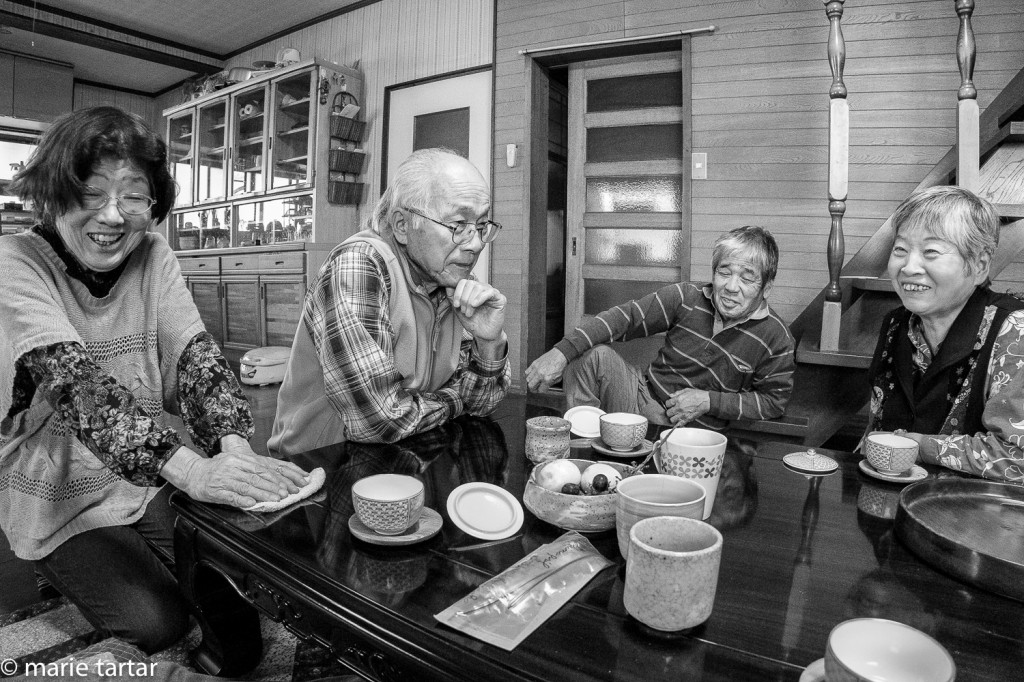
At the family home in Japan: from left, Aunt Takako (wife of), Uncle Shigekazu (Mama’s older brother), Uncle Kiyoshi (husband of), Aunt Mitsue (Mama’s youngest sister and the youngest of the siblings)
One thing I am again struck by is how much more talkative Mama is in Japanese, and much more animated. People laugh more frequently in response to what she says in Japanese than I ever see at home in the US in English. Mama’s younger brother, who lives on the same street, came over soon after our arrival. He has been deaf from a young age and I find his Japanese the hardest to understand, but he has a welcoming open face which appears not to have aged at all in the 12 years since I saw him last in 2002.
Shigekazu also appears virtually identical. Takako-san is sporting a new hearing aid as well, but is as lively and talkative as ever.
After lunch, I propose a walk around the neighborhood, only to learn that Mitsue and her husband Kiyoshi will be arriving soon to see us. I’m able to put the tripod to use for a group photo in the yard and then we are whisked off to dinner with Mitsue. We stop over at her youngest daughter Naoko’s house and meet her 2 adorable children and then we’re off in 2 cars for dinner at one of those most Japanese of restaurants, the sushi “train” as Naomi our guide called it earlier in the trip at Kyoto Station. It is as brightly lit as a pachinko parlor and about as loud. I’m amazed at the efficiency of this operation. The booths are organized into rows, separated by self-service cabinets with cups, chopsticks, hand cleaning cloths, everything one could need to streamline the operation. Each booth also has an instant hot water dispenser and matcha tea powder to make your own ocha. The conveyor belt snakes its way along the rows of booths, and you grab plates that look appealing as they pass. When you are done, a server measures the height of the stack of plates (no counting of plates) and voila!
On our return, Obasan Takako had evidently conferred with her daughter/my cousin Satako and I was given a choice of being driven to Nagoya Chubu Airport by Ojisan or be driven to Unuma station near Inuyama to board a JR limited express train to the airport. Train travel is so reliable and relatively cheap (1700 Yen, about $17 US for an hour trip), while gas is expensive and traffic unpredictable, so I opted for the train. The following morning, Satako herself appeared with a car (Prius) big enough for all 5 of us (Ojisan Shigekazu no longer has a passenger car, just a truck, as ObasanTakako no longer drives) and off to the station we went. They even bought limited entry tickets in order to accompany me onto the platform, which was very touching.
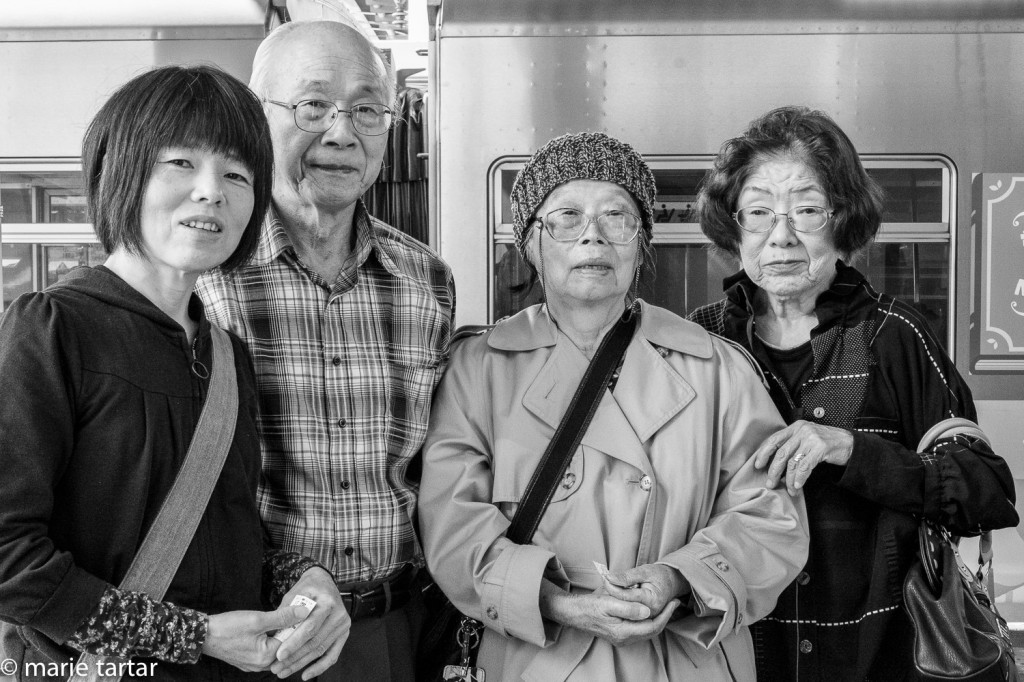
Bidding me farewell as I board the train to Nagoya airport: from left, my cousin Satako (daughter of Shigekazu and Takako), Uncle Shigekazu, Mama, and Aunt Takako
Ojisan encouraged me to continue improving my Japanese, as my mother won’t always be available to accompany me when I visit. Of this, I am all too aware, and is one of the factors spurring me on to learn Japanese. Even this trip required a bit of gentle arm twisting. When Mama returned from Japan 5 years ago (2009), a year after a protracted stint caring for my dying father, she brought back a picture of herself with all of her siblings, and commented that perhaps it would be the last time they would all be together. At the time I protested, pointing out she was still in good shape, able bodied and mobile. It did make me regret not going with her. Eventually I persuaded her to return, although she kept me anxious, thinking she was not going to get around to renewing her passport.
I learned a few tricks on this trip, which would greatly streamline meeting up again, if I can persuade her. I now realize it would have been much easier to have met at Nagoya Airport, an option I had consider but abandoned thinking Nagoya Station (in town) would be easier. I probably could have taken a train directly to Chubu from Kyoto Station, and then we both could have taken the limited express together to Inuyama. I also learned there is an onsen (hot spring) in Nagoya Airport, just the place to unwind and wait for a companion arriving from elsewhere. I hope there will be a next time, during which I will not only be able to speak to my Japanese relatives in Japanese, but actually understand their responses!
-Marie
Idea for next time: in Gifu, Museum of Modern Ceramic Art (Robert Yellin recommendation)



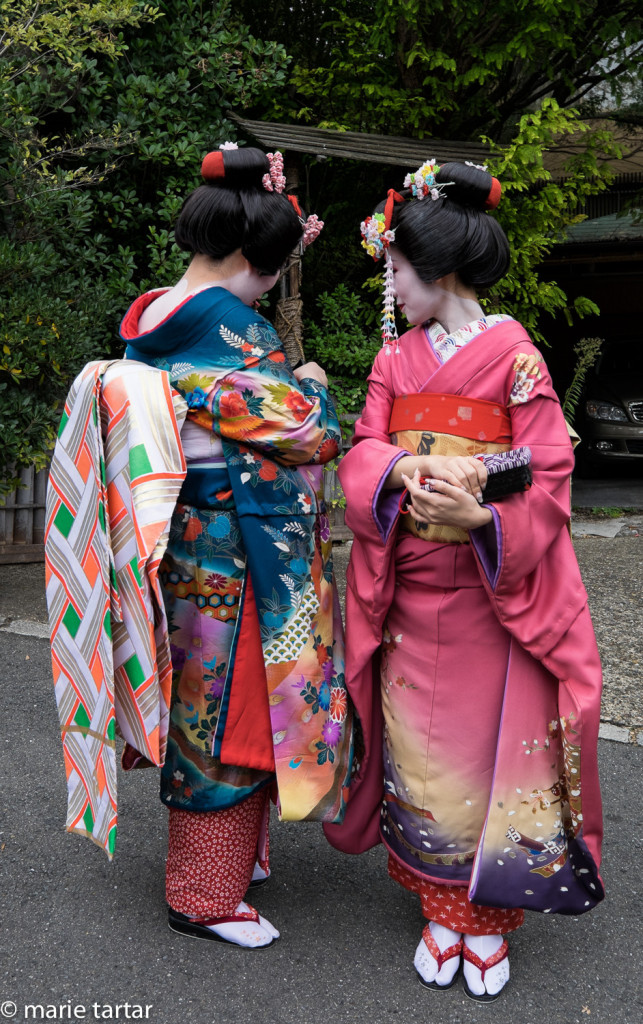



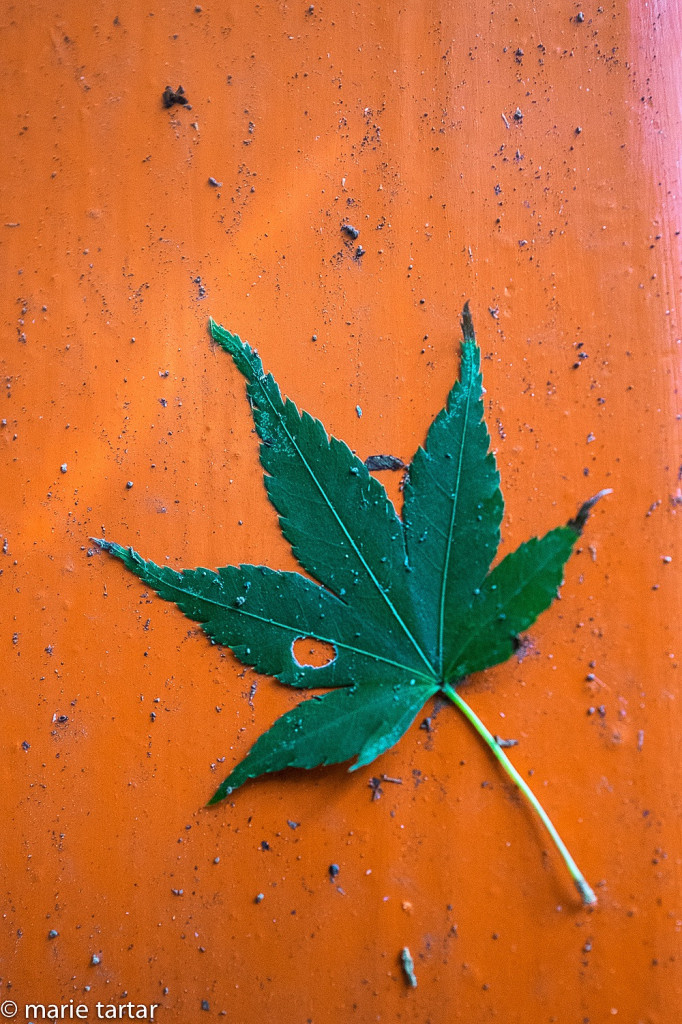

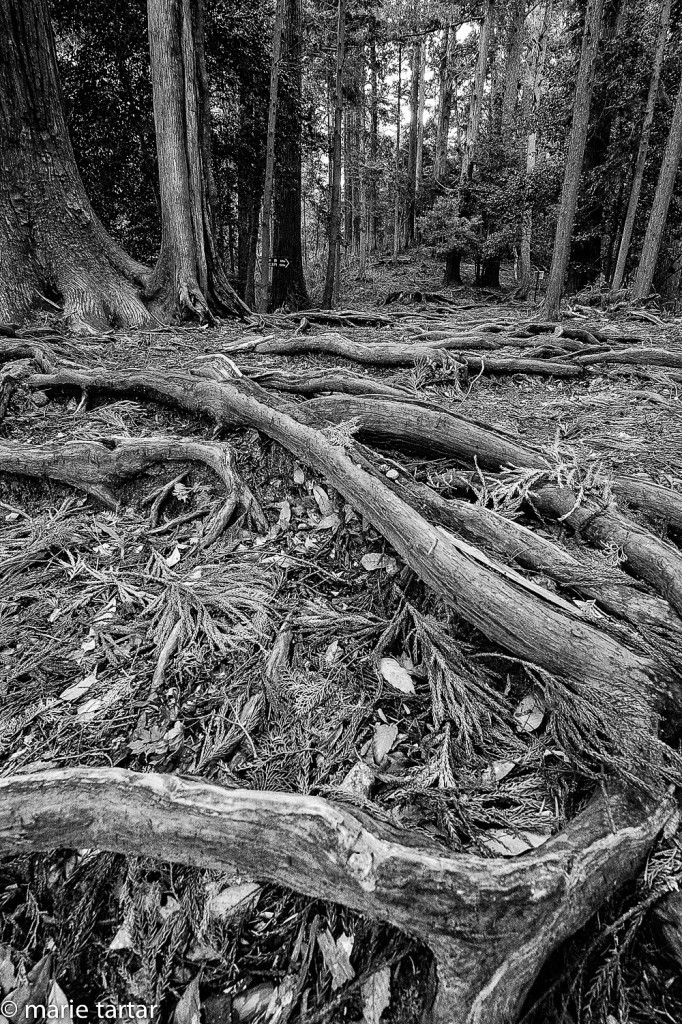
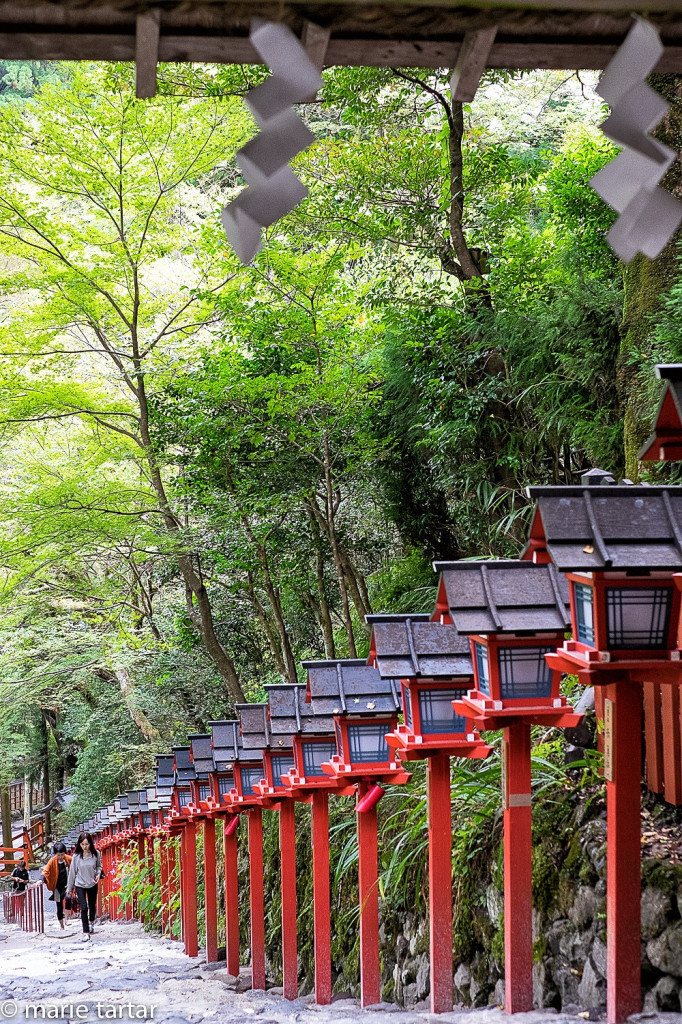
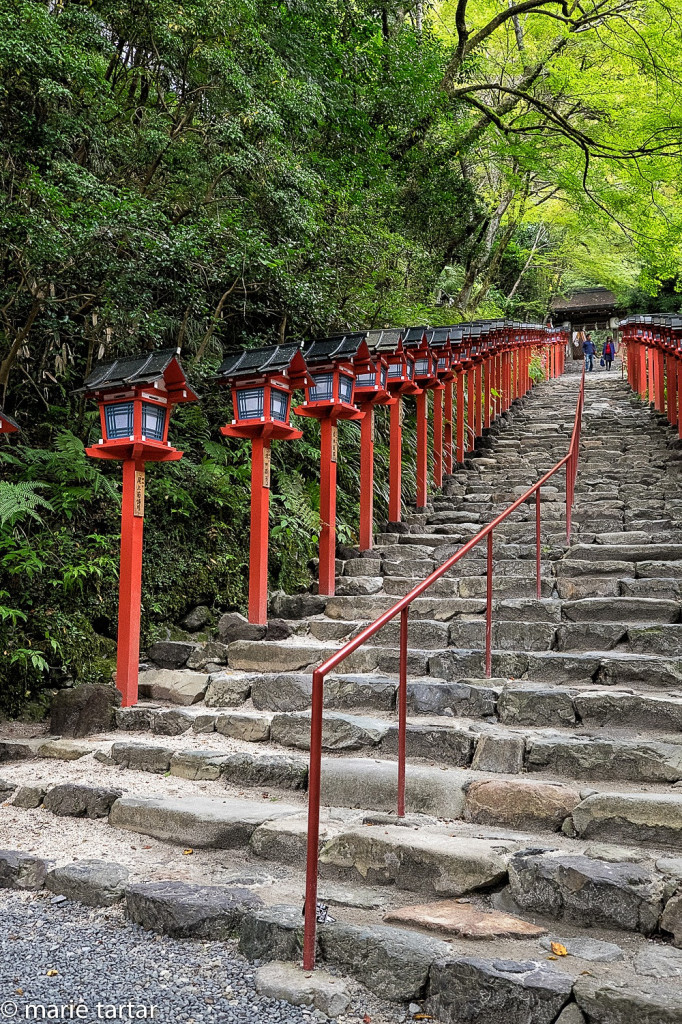


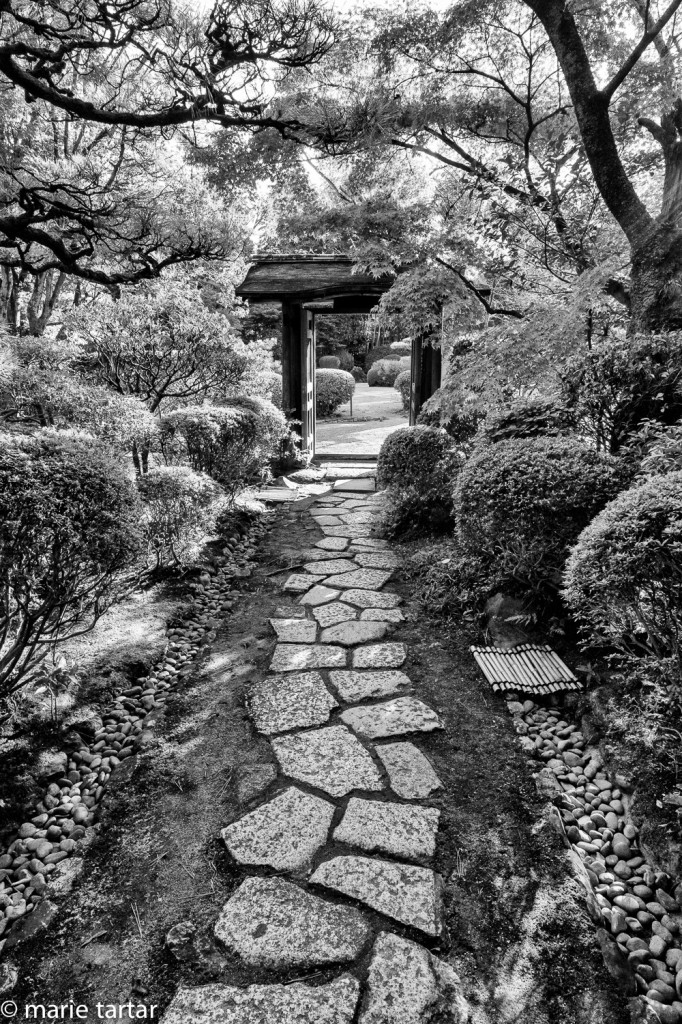
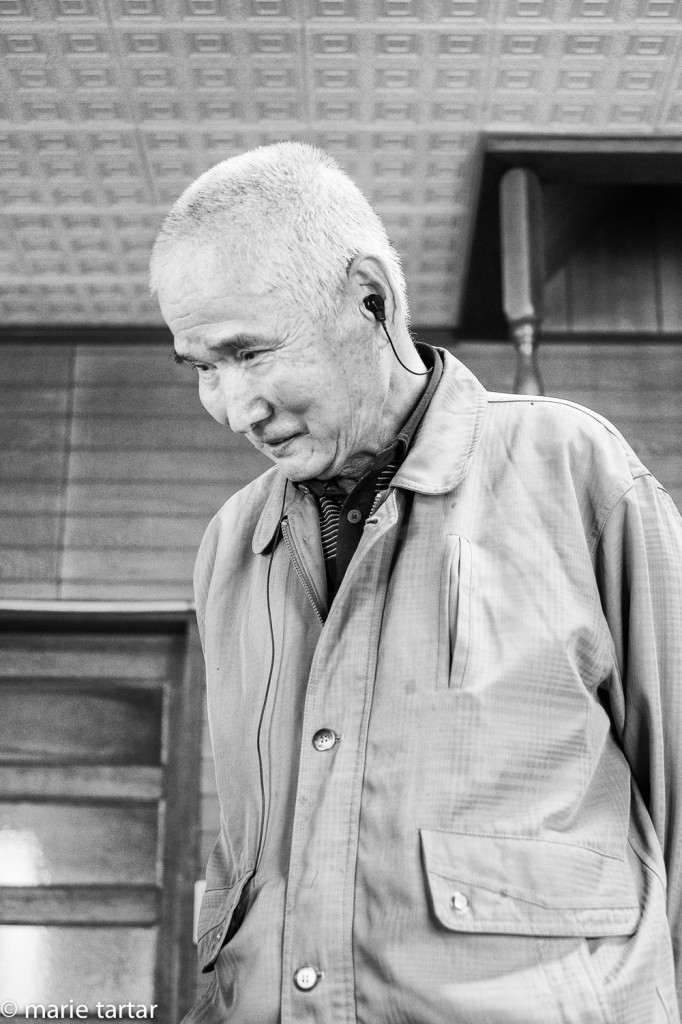
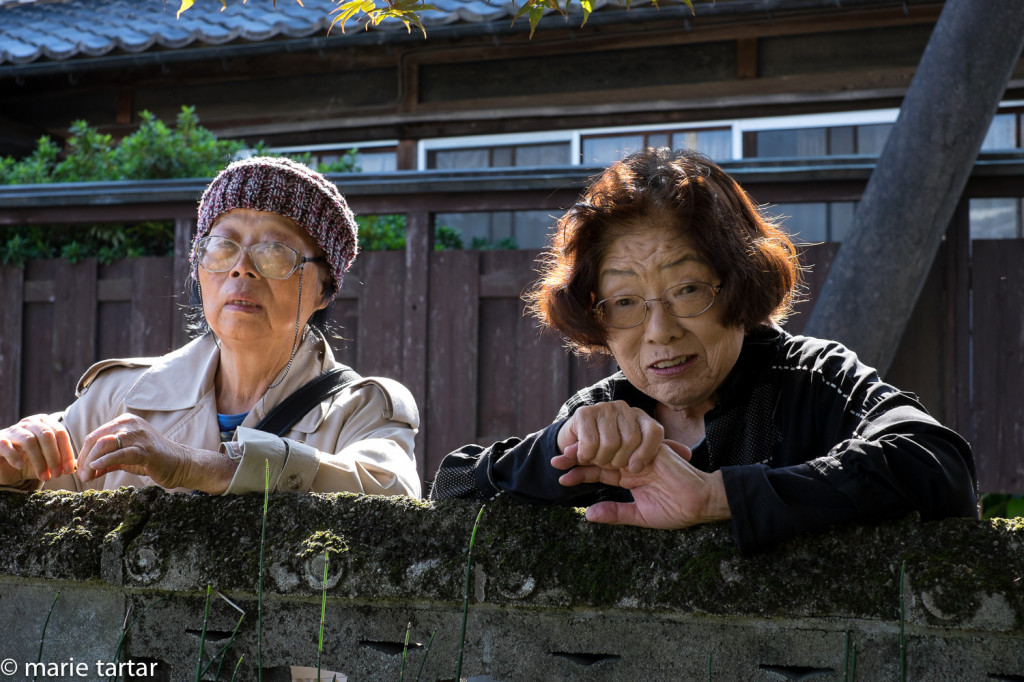
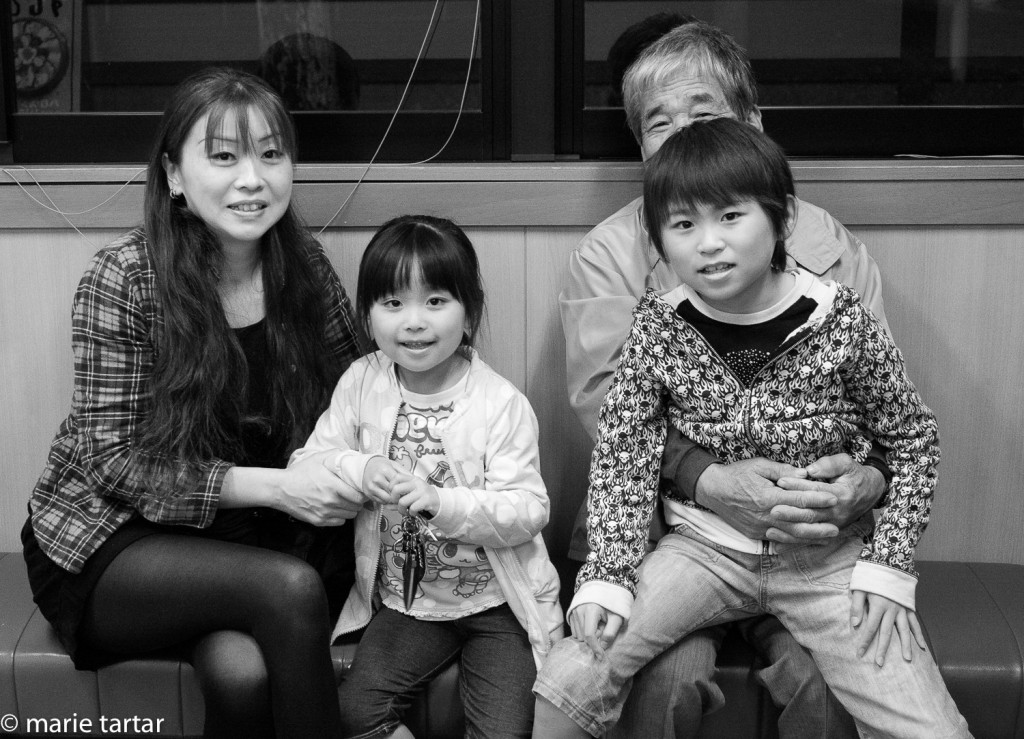
Marie, I so enjoyed your blog and the pictures! Your mom and dad were neighbors at the Base in Waco, TX.
We took care of you and Clarissa when your mom went to the hospital to have your brother! Your mom and I have exchanged Christmas cards ever since. Your mom taught me how to knit!
Happy New Year,
Marcia
Spring Lake, MI
Wow! What a pleasure to hear from you, so unexpected! The wonder of the Internet, connecting us despite so many years and miles! Thanks for writing (& looking out for us as kids!).
Happy new year & all best,
Marie
You are an extraordinarily gifted story teller punctuated with your beautiful photography. I so enjoyed your journey through your eyes. Thank you for including me on this. Happy New Year.